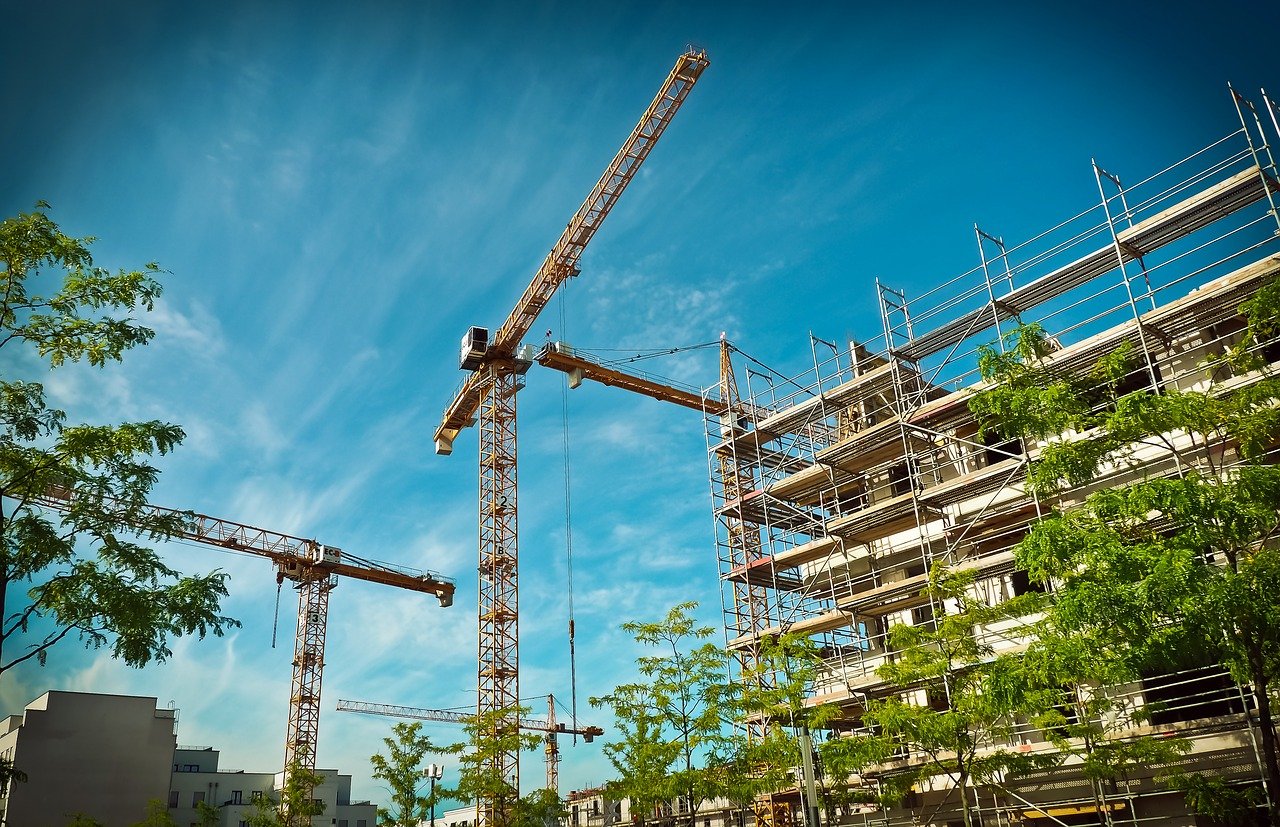
Formwork – Leading Edge Explain dangers In the high-rise formwork industry, nearly 23 per cent of all lost-time injuries are caused by falls. Most of these injuries result in sprains […]
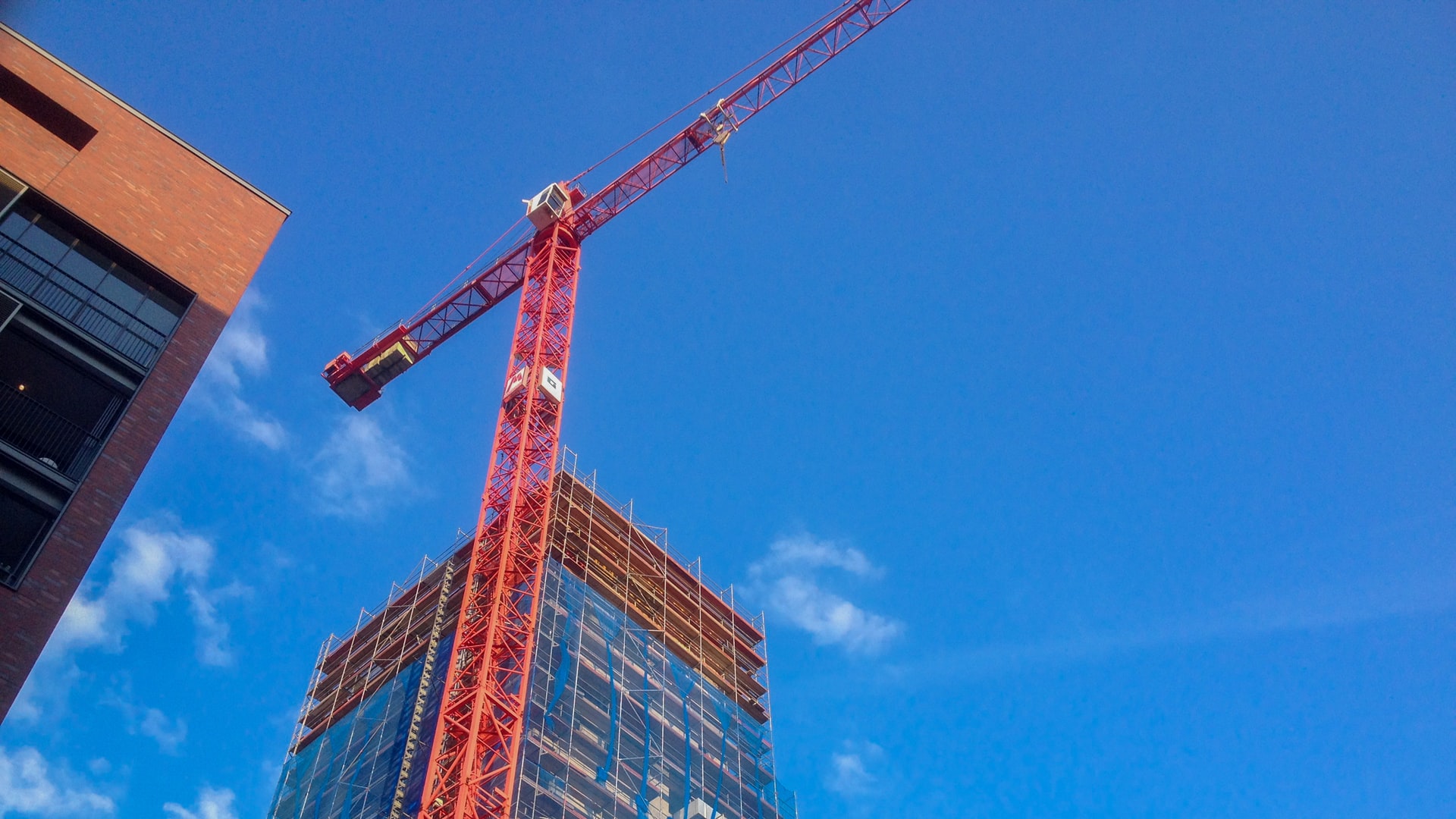
Flying Forms – Working at Heights Hazards Explain dangers Flying forms can save time and, in some cases, are safer than using built-in-place methods. However, flying forms have some significant […]
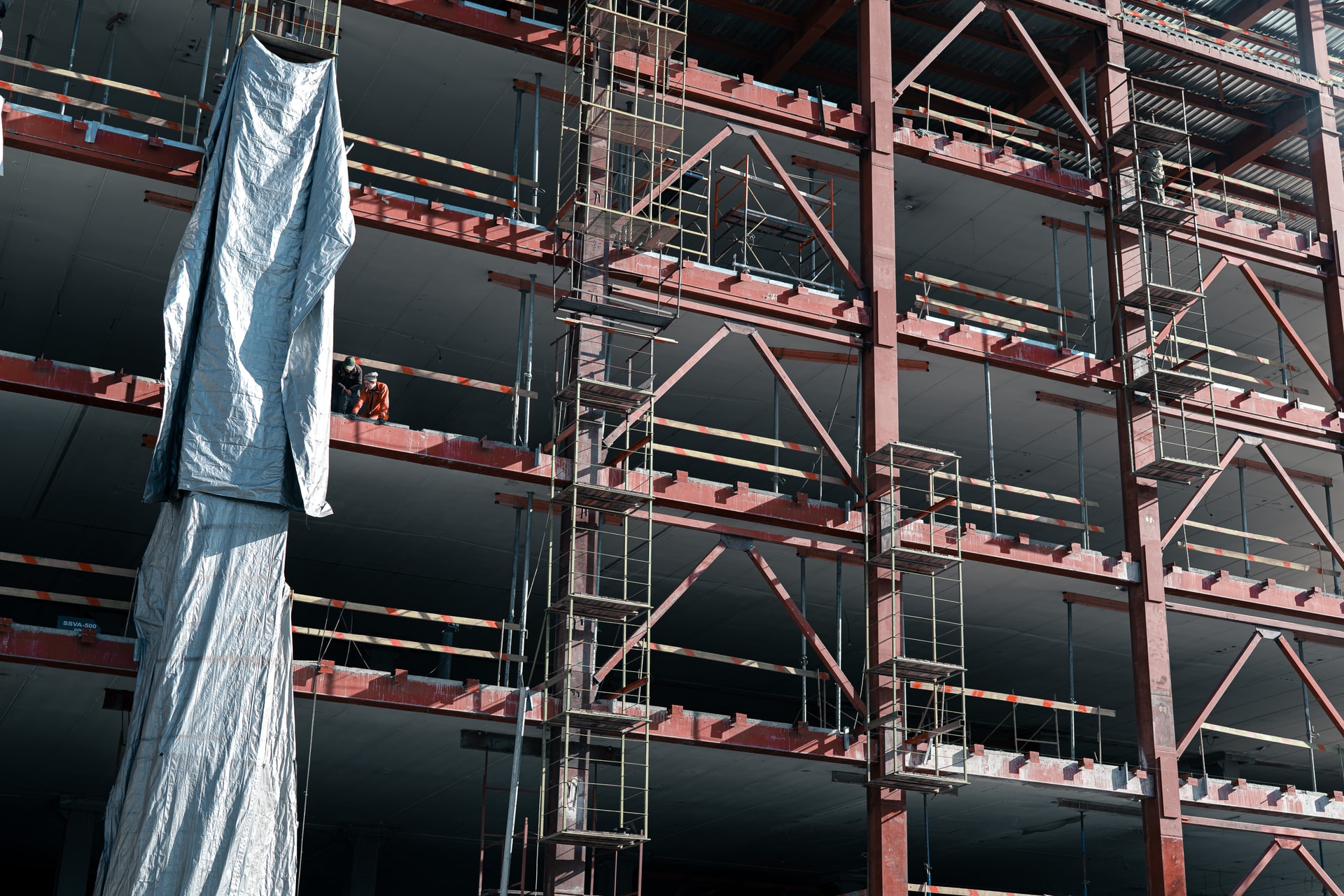
Floor and Roof Openings Explain dangers If proper guarding is not in place, workers can be exposed to falls when working around floor and roof openings. Avoiding such hazards may […]
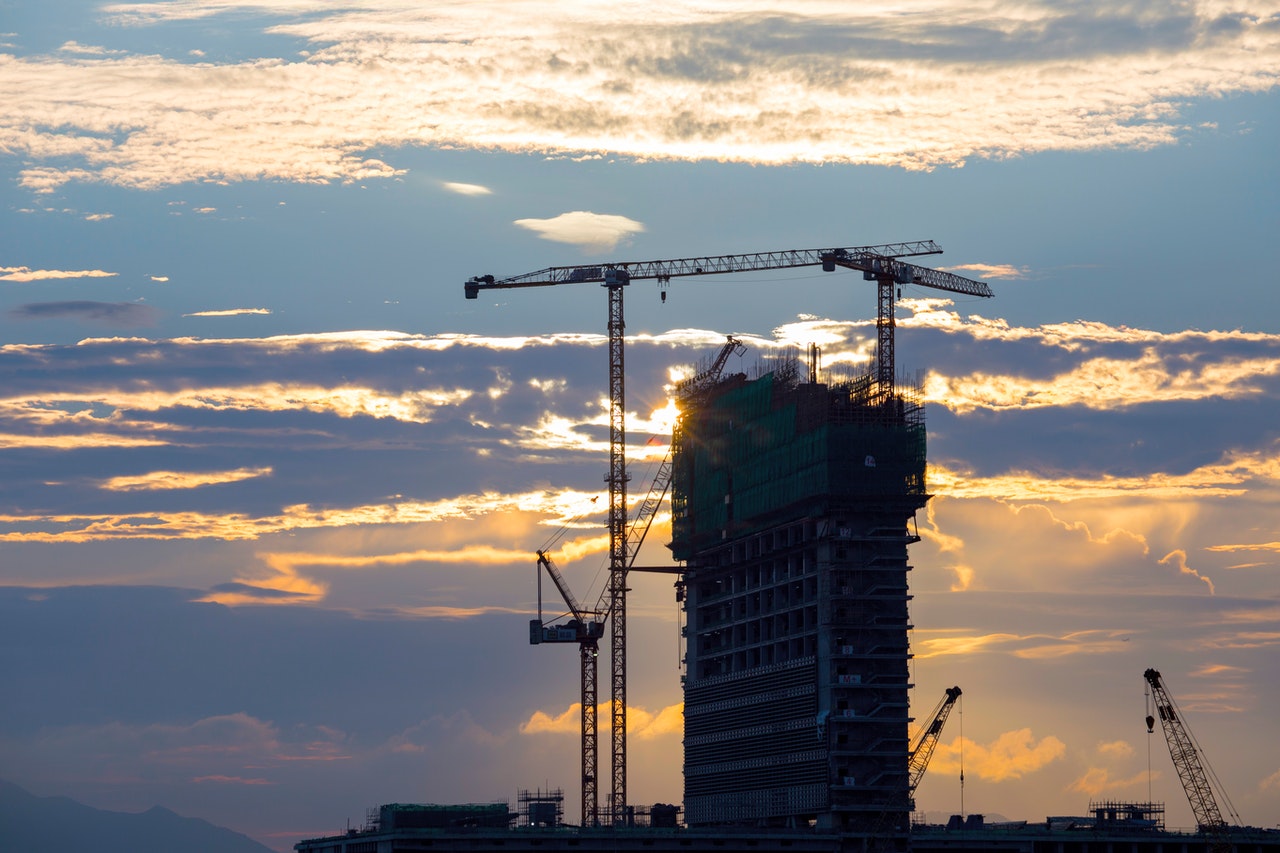
Suspended Access Equipment – Counterweights Explain dangers Without the right number of counterweights, suspended access equipment (SAE) can fail, leading to injury or death. Identify controls Here’s how to calculate […]
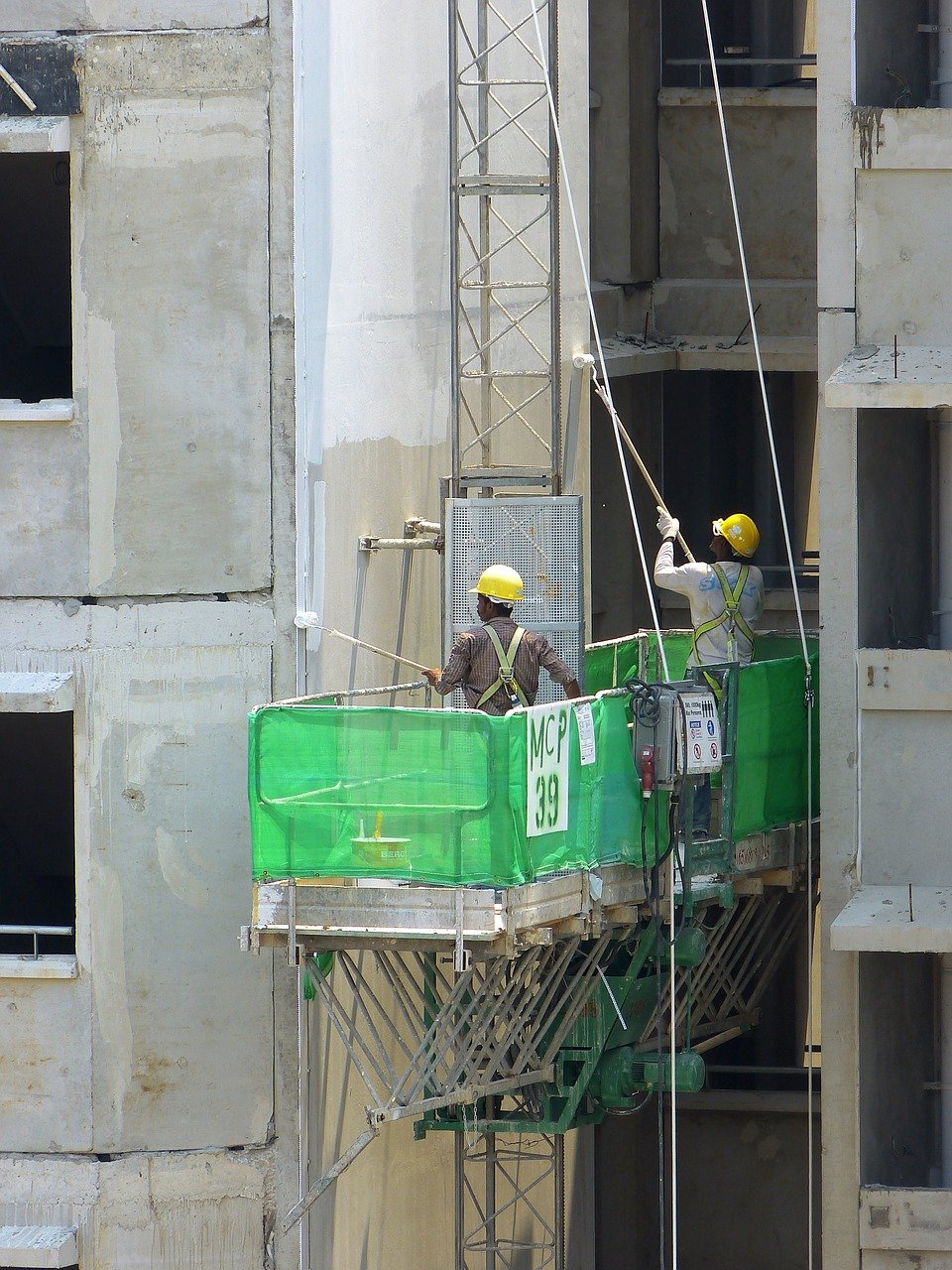
Suspended Access Equipment – Tiebacks Explain dangers Suspended access equipment (SAE) can fail if you don’t set up all of the components properly, such as tiebacks. Improper setup can lead […]
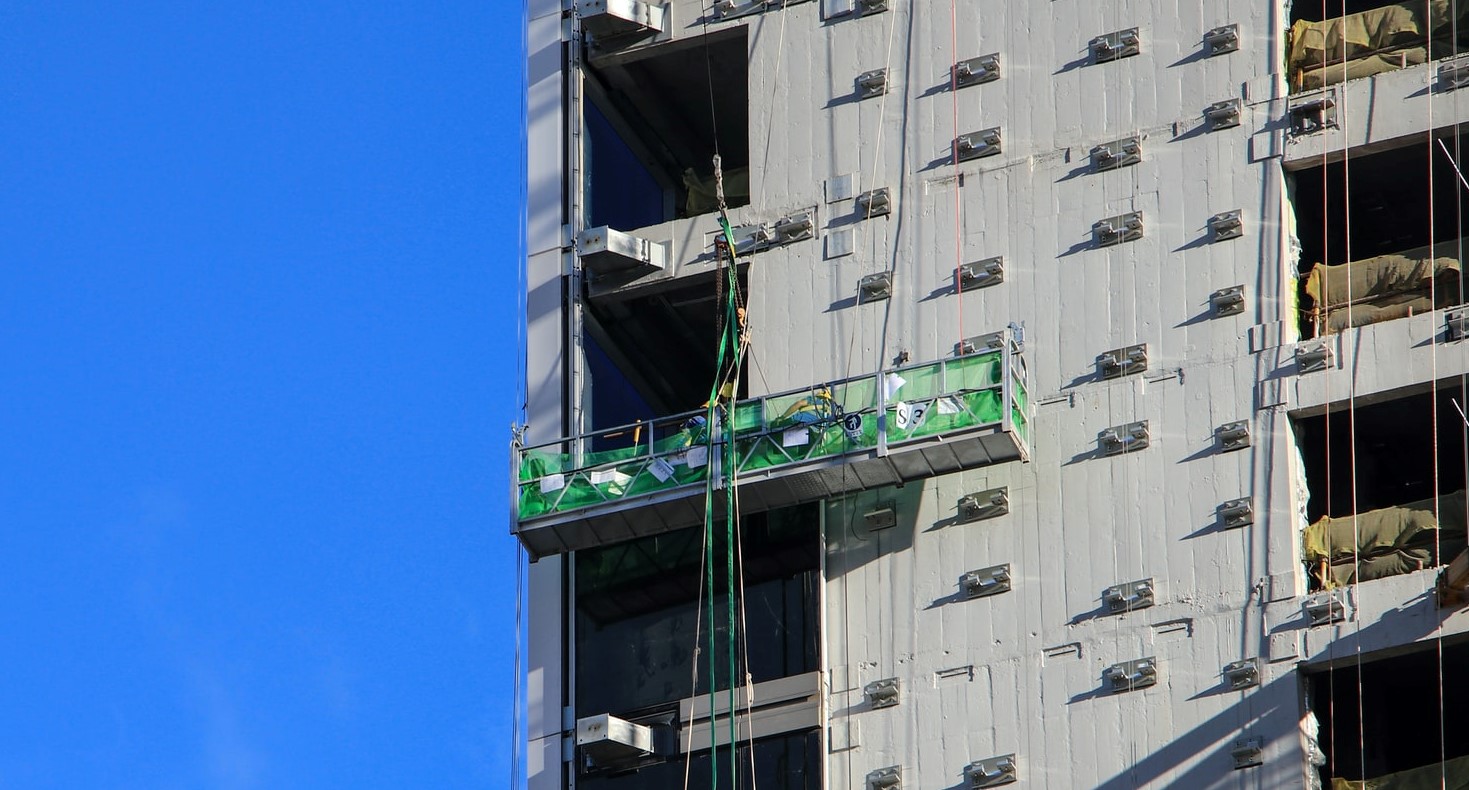
Suspended Access Equipment – Fall Protection Explain dangers Every worker who uses suspended access equipment (SAE) must have two independent means of support. That way, if the suspension system on […]
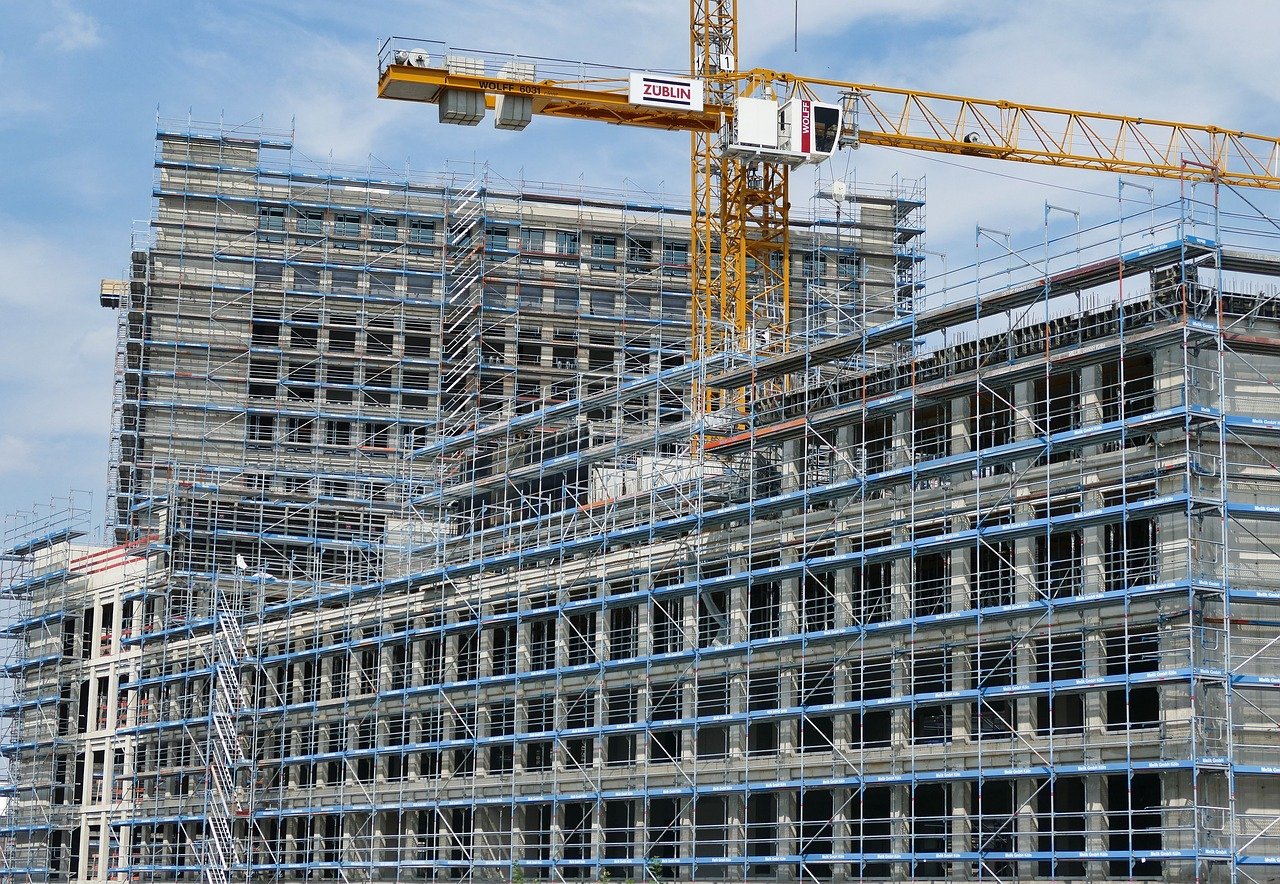
Working at Heights – Scaffolds – Structural Components Explain dangers If the structural components of a scaffold are damaged, defective, or installed incorrectly, it can lead to a tip-over or […]

Working at Heights – Scaffolds – Planks and Decks Explain dangers Many scaffold injuries involve problems with planks. If scaffold planks and decks fail, you could be seriously injured or […]
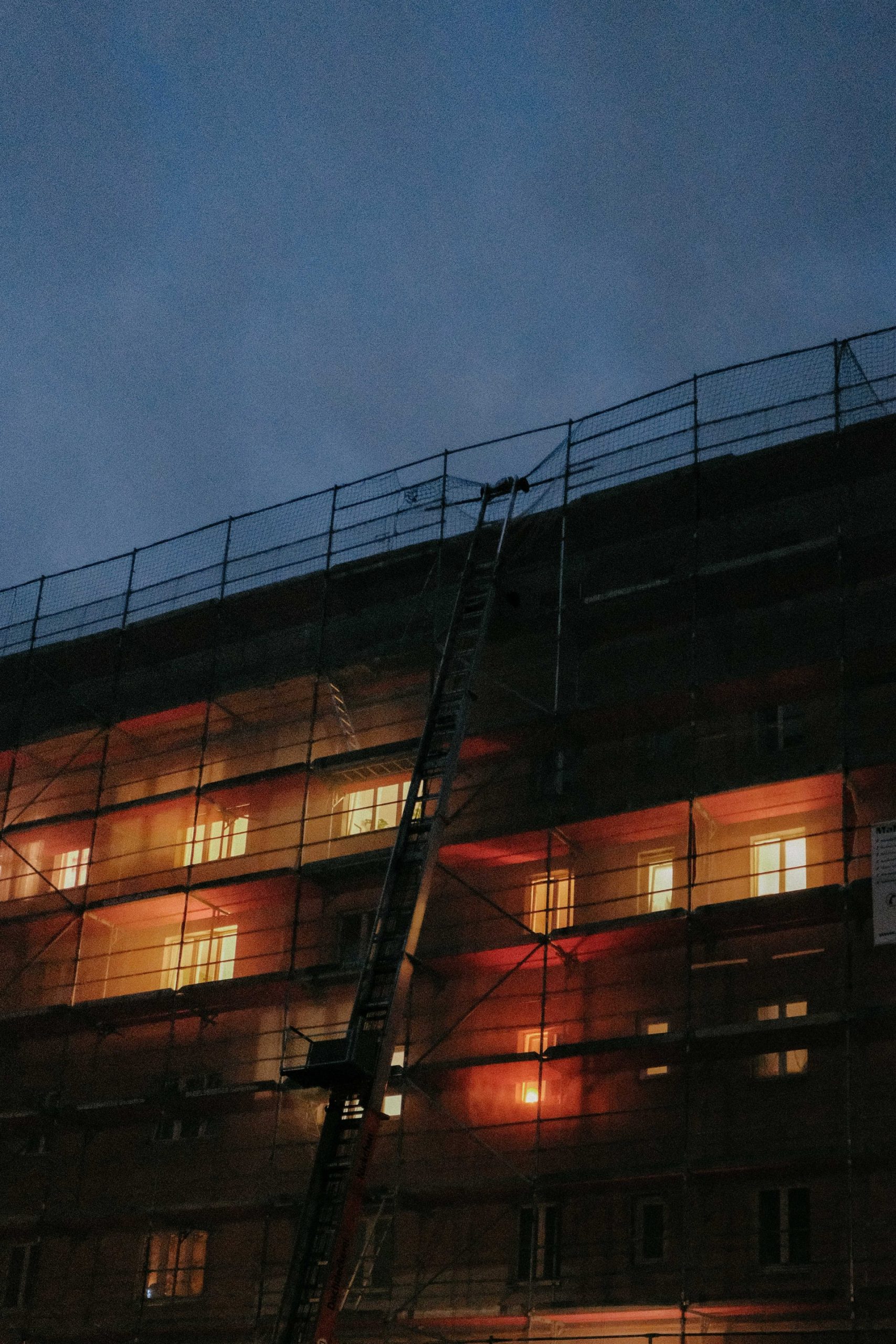
Working at Heights – 3-Point Contact Ladders Explain dangers Climbing a ladder is not as easy as it sounds. Workers have died from falls after losing their balance. Most ladder […]
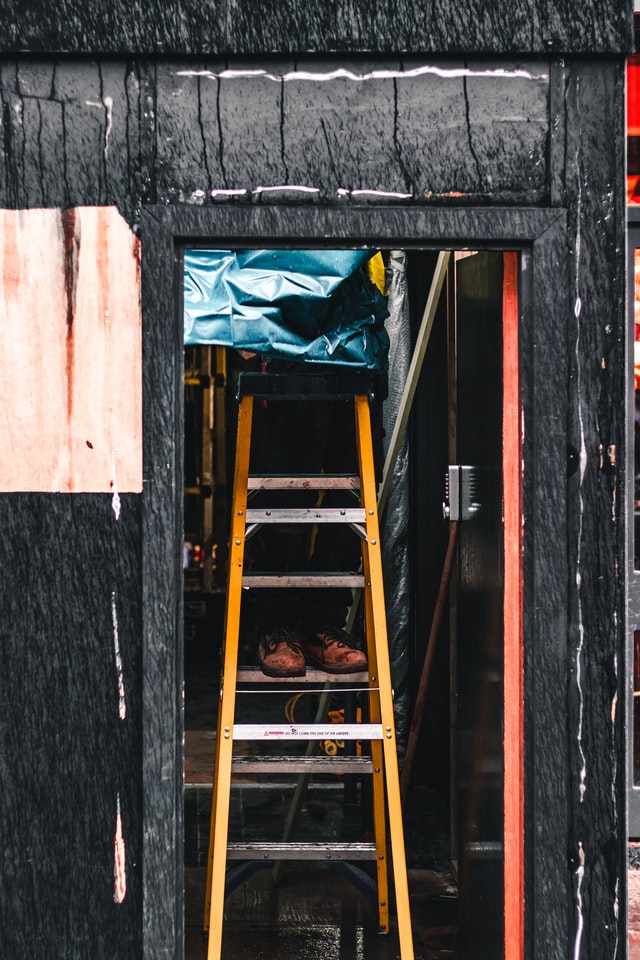
Working at Heights – Stepladders Explain dangers A stepladder is one of the most familiar things on a jobsite. Still, workers get hurt using them. Falls are the biggest risk. […]
